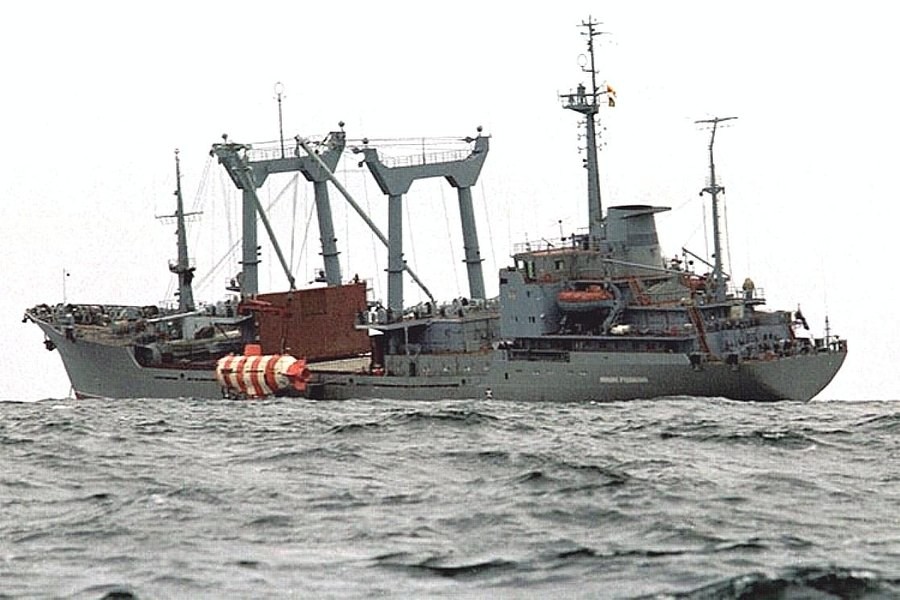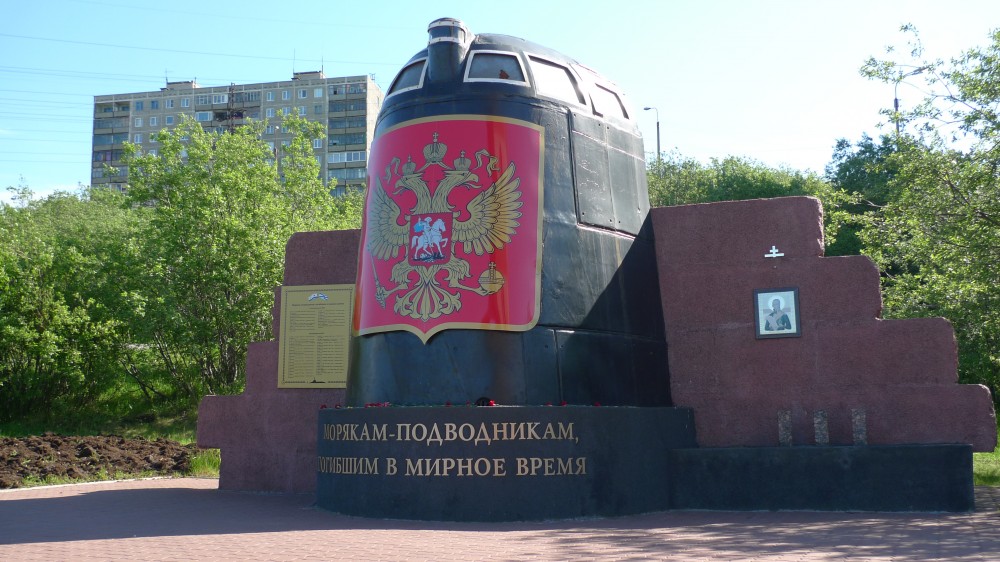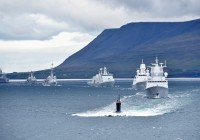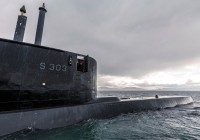
Rescue sub that tragically failed during Kursk disaster has now made successful dive to 1,000 meters in Norwegian Sea
ADVERTISEMENT
The Northern Fleet’s red and white rescue submarine became world famous in August 2000 when it repeatedly failed to assist the ill-fated «Kursk» submarine that sank in the Barents Sea killing all 118 personnel on board.
This week, the very same mini-submarine for the first time has managed to dive to 1,000 meters depth during an submarine rescue exercise in the Norwegian Sea, regional newspaper Murmanski Vestnik reports.
«This is the first time a Northern Fleet deep-sea rescue vehicle has dived to a depth of 1,000 meters,» says press spokesman Captain 1st rank Vadim Serga.
During the exercise the Northern Fleet rescue service has trained on surface and underwater maneuvering, search for sunken objects, and most important; practice how to provide assistance to distressed submarines.
17 years ago, the entire world was watching how the Russian Navy struggled with different submersibles to get down to the «Kursk» submarine laying on the seabed 108 meters below the surface of the Barents Sea.
AS-34 was one of two Russian mini-submarines participating in the rescue efforts. At first attempt, the rescue sub reported colliding with the stern stabiliser of «Kursk» and had to surface to repair the damage. In a second attempt after the damage was repaired batteries were depleted before able to attach to Kursk’s escape trunk. After surfacing, waves of up to 2,4 meters made it impossible to put the sub on the sea again. Two other attempts in the days after also failed, first when AS-34 again was damaged when it struck a boom while being lowered into the sea and second when it managed to dive but failed two times to attach to the escape hatch
ADVERTISEMENT
Five days after «Kursk» sank, President Vladimir Putin accepted an offer from the Norwegian and British governments to assist. Seven days after the disaster the Norwegian ship «Normand Pioneer» carrying a British rescue submarine and deep-sea divers arrived and a few days later managed to open the hatch only to fined the rescue trunk full of water.

Russian officials, including the President, were strongly criticized for not having adequate rescue means themselves, and also for not accepting foreign assistance at an earlier stage.
In the years after the Kursk disaster, the Russian Navy participated at several joint submarine search- and rescue exercises together with the Nordic countries’ navies and other NATO states.
AS-34 underwent complete modernization in the period 2014-2016. In early July this year, the mini-submarine successfully completed a test dive in the Kola Bay to a depth of 50 meters and located an object on the seabed, the military channel TV Zvezda reported.
This week’s diving in the Norwegian Sea is done because the Barents Sea are too shallow to dive deeper than 200 to 250 meters.
Russia’s submarine force uses the trench northwest of mainland Norway for deep-sea testing and exercises. Waters here are down to 2,000 meters. It was during deep-sea diving tests here in 1989 that the Soviet nuclear-powered submarine «Komsomolets» sank after a fire to a depth of 1,680 meters about 180 kilometers southwest of Bear Island. The waters between North Cape and Bear Island are also of key importance for the Northern Fleet’s submarine sailing out on patrols to the North-Atlantic.
AS-34 is 13,5 meters long, has a displacement of 55 tons, a crew of 3-4 people and can carry up to 20 rescued. It has a autonomy of navigation of up to 120 hours.
ADVERTISEMENT
The Barents Observer Newsletter
After confirming you're a real person, you can write your email below and we include you to the subscription list.





